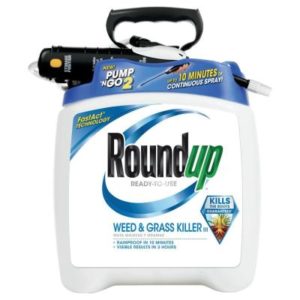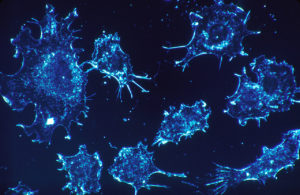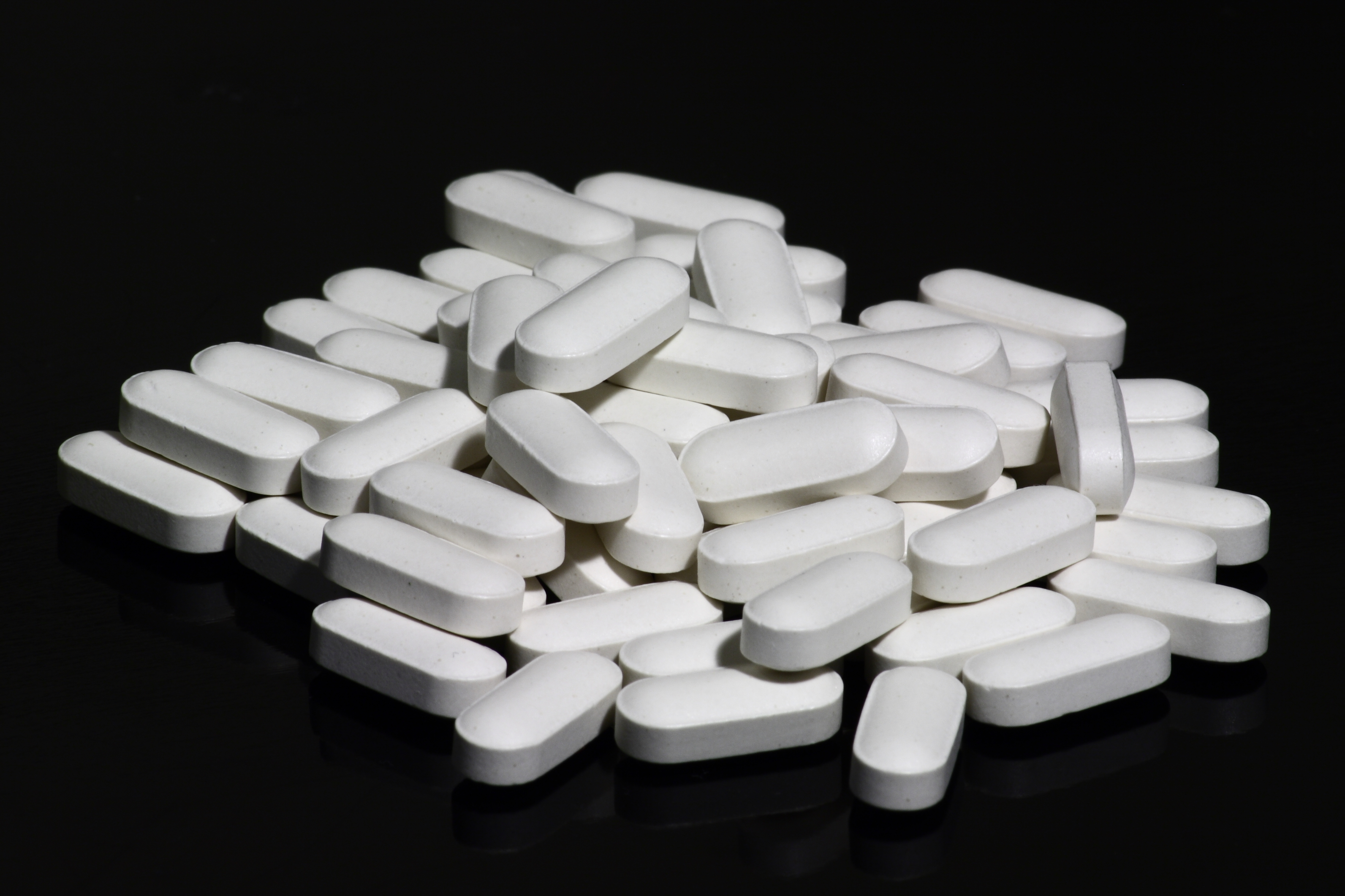 A recent study found that significantly increasing dietary fiber intake after a diagnosis of colorectal cancer was associated with a lower death rate - from both colorectal cancer and overall mortality (from any cause). The 1575 men and women (all healthcare professionals) in the study had received a nonmetastatic colorectal cancer diagnosis (it had not spread beyond the colon), and the follow-up was about 8 years. These results were from food, not supplements.
A recent study found that significantly increasing dietary fiber intake after a diagnosis of colorectal cancer was associated with a lower death rate - from both colorectal cancer and overall mortality (from any cause). The 1575 men and women (all healthcare professionals) in the study had received a nonmetastatic colorectal cancer diagnosis (it had not spread beyond the colon), and the follow-up was about 8 years. These results were from food, not supplements.
How much did extra dietary fiber lower the death rate? For each additional 5 grams of fiber added to their daily diet (after diagnosis) was associated with a 18% lower colorectal cancer death rate, and a 14% lower death rate from any cause. In this study, whole grains, especially in cereals, were found to be the most beneficial. Current dietary guidelines recommend a fiber intake of 25 to 38 grams per day, but most Americans eat far less. Dietary fiber is found in plant foods, such as beans, whole grains, nuts, seeds, vegetables, and fruits. Plant fiber feeds the millions of gut microbes, especially beneficial microbes (here, here, and here) - something that was not really discussed in the study.
The researchers pointed out that a high fiber diet (especially from whole grains and cereals) is linked to a lower risk of getting colorectal (colon) cancer in the first place. Also, that "higher intake of fiber, especially cereal fiber", has been linked to improved insulin sensitivity, reduced inflammation, type 2 diabetes, cardiovascular disease, and total mortality. Other studies have found that vitamin D supplementation, exercise, and eating fish all increase survival from colorectal cancer. From From Medical Xpress:
Fiber-rich diet boosts survival from colon cancer
A diet rich in fiber may lessen the chances of dying from colon cancer, a new study suggests. Among people treated for non-metastatic colon cancer, every 5 grams of fiber added to their diet reduced their odds of dying by nearly 25 percent, said lead researcher Dr. Andrew Chan. He is an associate professor in the department of medicine at Harvard Medical School.
"What you eat after you've been diagnosed may make a difference," Chan said. "There is a possibility that increasing your intake of fiber may actually lower the rate of dying from colon cancer and maybe even other causes." Chan cautioned, however, that the study does not prove that the additional fiber caused people to live longer, only that the two were associated.
Fiber has been linked to better insulin control and less inflammation, which may account for better survival, he suggested. In addition, a high-fiber diet may protect people from developing colon cancer in the first place. The greatest benefit was attributed to fiber from cereals and whole grains, according to the report. Vegetable fiber was linked to an overall reduction in death, but not specifically in death from colon cancer, and fiber from fruit was not linked to a reduction in death from any cause.
For the study, Chan and his colleagues collected data on 1,575 men and women who took part in the Nurses' Health Study and Health Professionals Follow-up Study, and who had been treated for colon or rectal cancer that had not spread beyond the colon. Specifically, the study looked at total fiber consumption in the six months to four years after the participants' cancer diagnosis. The researchers also looked at deaths from colon cancer and any other cause. In an eight-year period, 773 participants died, including 174 from colorectal cancer. [Original study.]

 Once again the controversial herbicide (weed killer) glyphosate is in the news. Glyphosate is the active ingredient in Roundup (manufactured by Monsanto), and is the most commonly used pesticide in the world. Its use is increasing annually since the introduction of genetically modified crops that are tolerant of glyphosate being sprayed on them (Roundup Ready crops), and since the use of "
Once again the controversial herbicide (weed killer) glyphosate is in the news. Glyphosate is the active ingredient in Roundup (manufactured by Monsanto), and is the most commonly used pesticide in the world. Its use is increasing annually since the introduction of genetically modified crops that are tolerant of glyphosate being sprayed on them (Roundup Ready crops), and since the use of " Once again a study finds that pesticide exposure is linked to an adverse health effect - that pesticide exposure in the home during pregnancy and early childhood is linked to an elevated risk of brain tumor in the child. Other studies have also found that pesticides used in the home are associated with a higher risk of childhood cancers.
Once again a study finds that pesticide exposure is linked to an adverse health effect - that pesticide exposure in the home during pregnancy and early childhood is linked to an elevated risk of brain tumor in the child. Other studies have also found that pesticides used in the home are associated with a higher risk of childhood cancers. For years medicine has viewed cancer as a "malignant seed" and looked for ways to kill these seeds before they spread throughout the body (metastasis). This past week two provocative articles stresses that we should also look at the "environments" that the cancer cells grow in - that some environments in the person nourish and encourage the growth of cancer, while other environments suppress the growth of cancer and don't allow its spread.
For years medicine has viewed cancer as a "malignant seed" and looked for ways to kill these seeds before they spread throughout the body (metastasis). This past week two provocative articles stresses that we should also look at the "environments" that the cancer cells grow in - that some environments in the person nourish and encourage the growth of cancer, while other environments suppress the growth of cancer and don't allow its spread. For years medicine has viewed cancer as a "
For years medicine has viewed cancer as a " Again, another study finds that taking supplements is not always best for health. Many studies find that eating foods with vitamin "X" is beneficial, but taking high dose supplements may be linked to health problems (
Again, another study finds that taking supplements is not always best for health. Many studies find that eating foods with vitamin "X" is beneficial, but taking high dose supplements may be linked to health problems ( There has long been concern over the chemicals in hair dyes and chemical hair straighteners or relaxers, and whether they are linked to various cancers. Studies have had mixed findings with regard to breast cancer, but a review paper concluded that there is evidence to support a role of hair product use in the risk of early onset breast cancer, especially in African-American women. Other studies found that long term users of dark hair dyes have a significantly increased risk of non-Hodgkin's lymphoma, multiple myeloma, and bladder cancer.
There has long been concern over the chemicals in hair dyes and chemical hair straighteners or relaxers, and whether they are linked to various cancers. Studies have had mixed findings with regard to breast cancer, but a review paper concluded that there is evidence to support a role of hair product use in the risk of early onset breast cancer, especially in African-American women. Other studies found that long term users of dark hair dyes have a significantly increased risk of non-Hodgkin's lymphoma, multiple myeloma, and bladder cancer.  A
A  Another reason exercise is good for you: A
Another reason exercise is good for you: A